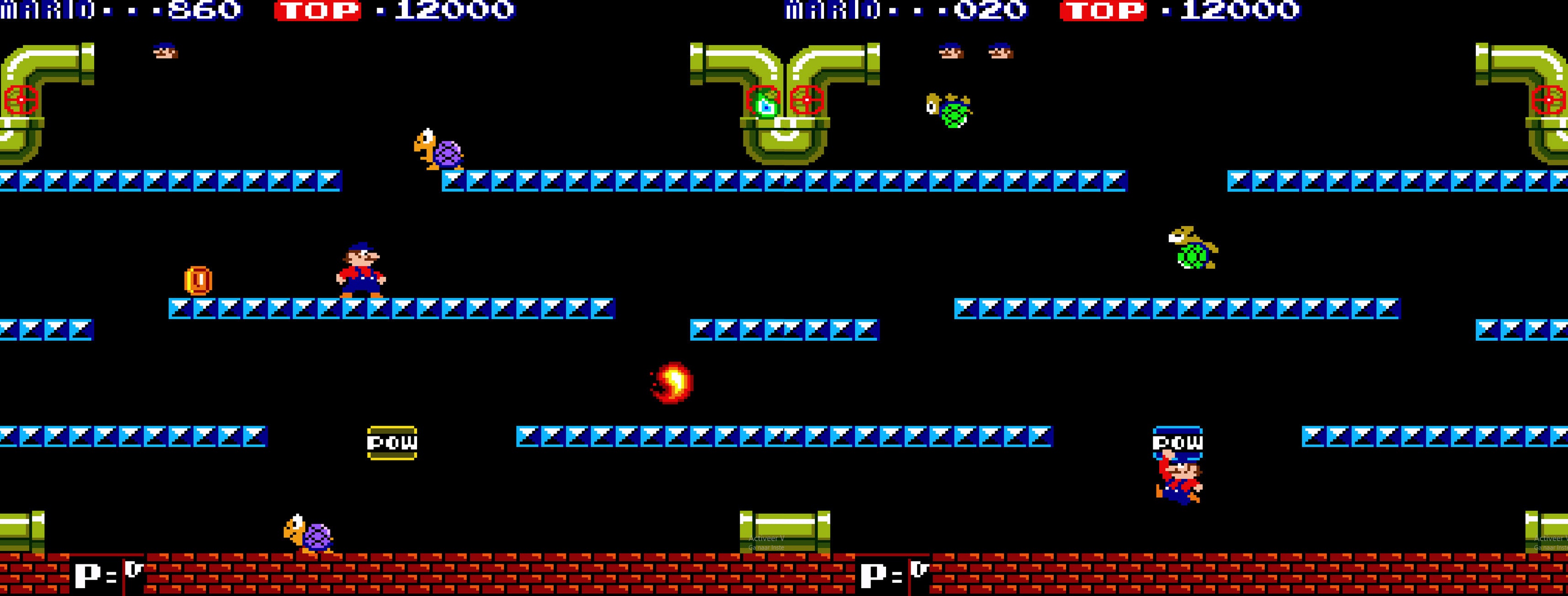Introduction
Before Super Mario Bros became a household name, Nintendo introduced Mario Bros to arcades in 1983. Designed by Shigeru Miyamoto and Gunpei Yokoi, Mario Bros was the first game to feature both Mario and Luigi, the iconic plumber brothers, as playable characters. Known for its cooperative multiplayer gameplay and unique single-screen action, Mario Bros laid the foundation for what would become one of the most celebrated franchises in gaming history. Let’s explore the history, gameplay mechanics, and legacy of this timeless arcade classic.
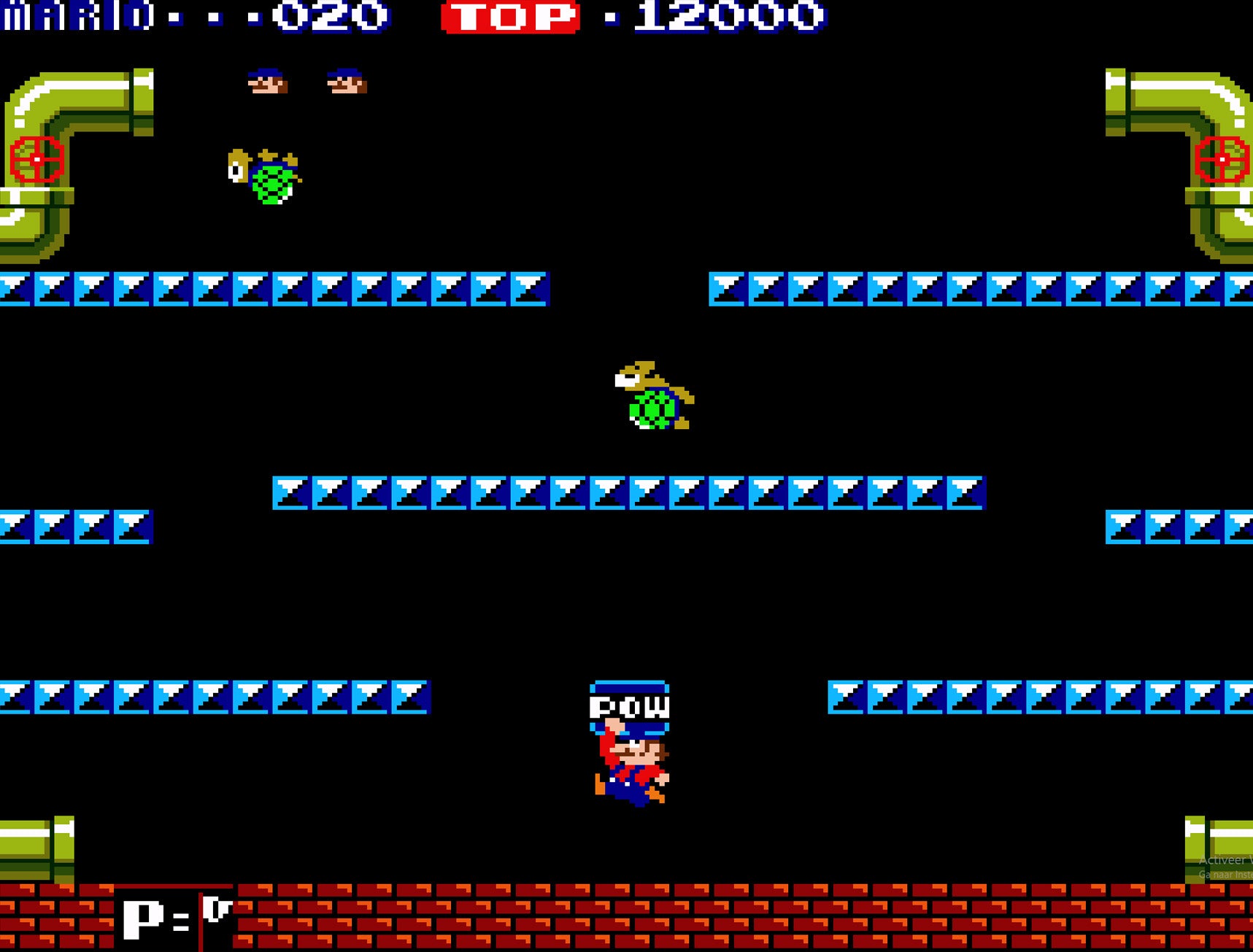
The History of Mario Bros
By 1983, Mario had already made his debut in Donkey Kong, but Mario Bros marked his first starring role as a plumber alongside his brother Luigi. This game introduced the duo’s iconic profession and gave players a glimpse into the teamwork dynamic that would define future Mario games.
Key Facts:
- Release Year: 1983
- Developer: Nintendo
- Designers: Shigeru Miyamoto and Gunpei Yokoi
- Platform: Arcade cabinets, later ported to home consoles
Cultural Impact: While Mario Bros wasn’t as commercially successful as Donkey Kong, it cemented Mario’s identity as Nintendo’s mascot and introduced elements like pipes, coins, and power-ups that would later become staples of the series.

Mario Bros. Gameplay Video
Gameplay and Objectives
In Mario Bros, players control Mario and Luigi as they navigate a single-screen stage, battling enemies that emerge from pipes. The goal is to clear each stage by defeating all the enemies while avoiding hazards like fireballs and icicles.
Gameplay Features:
- Enemies:
- Shellcreepers: Early versions of Koopa Troopas.
- Sidesteppers: Crabs that require two hits to defeat.
- Fighter Flies: Enemies that jump, requiring precise timing to defeat.
- Combat Mechanics: Players can’t jump directly on enemies. Instead, they must hit the platforms underneath the enemies to flip them over and then finish them off by kicking them.
- Hazards: As stages progress, fireballs, ice patches, and faster enemies increase the difficulty.
- Bonus Rounds: Players collect coins in timed bonus rounds for extra points.
Tip for Players: Work together in multiplayer mode to manage enemy waves efficiently, but be careful—players can collide and disrupt each other’s movements.
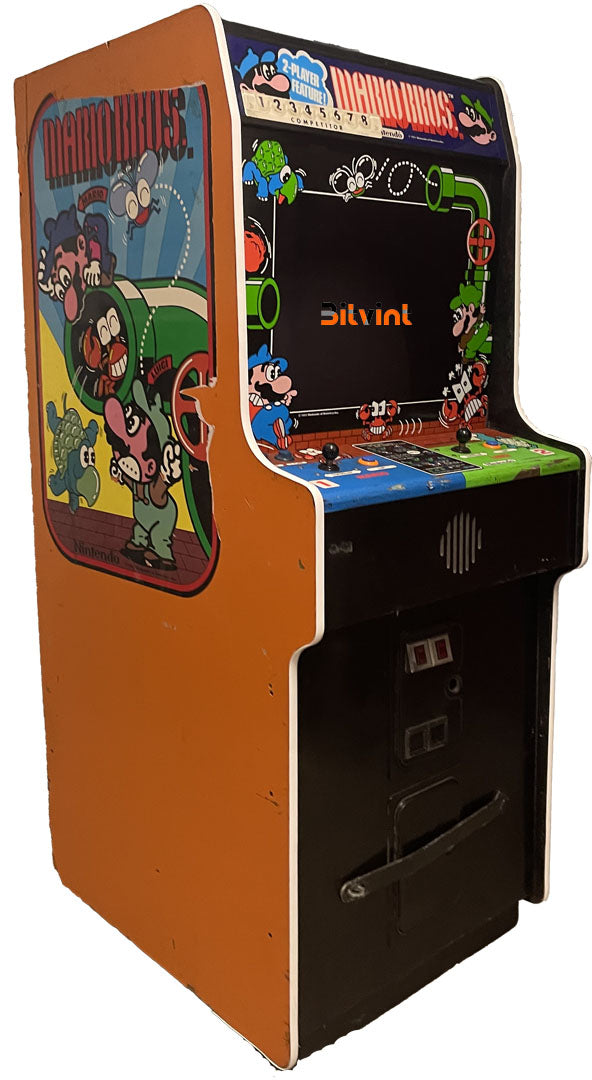
Unique Features and Innovations
Mario Bros introduced several elements that set it apart from other arcade games of the time, paving the way for future multiplayer and platforming games.
Key Innovations:
- Cooperative Multiplayer: The game allowed two players to work together or compete, adding a social and strategic element to the gameplay.
- Platform Combat: The focus on flipping enemies from below instead of directly attacking them added a unique twist to the platforming genre.
- Environmental Interaction: The addition of hazards like fireballs and ice patches kept gameplay dynamic and challenging.
Strategies for High Scores
- Focus on Efficiency: Clear enemies quickly to avoid overwhelming waves, as enemies become faster the longer they remain on screen.
- Utilize the POW Block: The POW block can flip all enemies on the screen but has limited uses, so save it for moments when you’re overwhelmed.
- Stay Mobile: Avoid camping in one area, as hazards like fireballs and respawning enemies can catch you off guard.
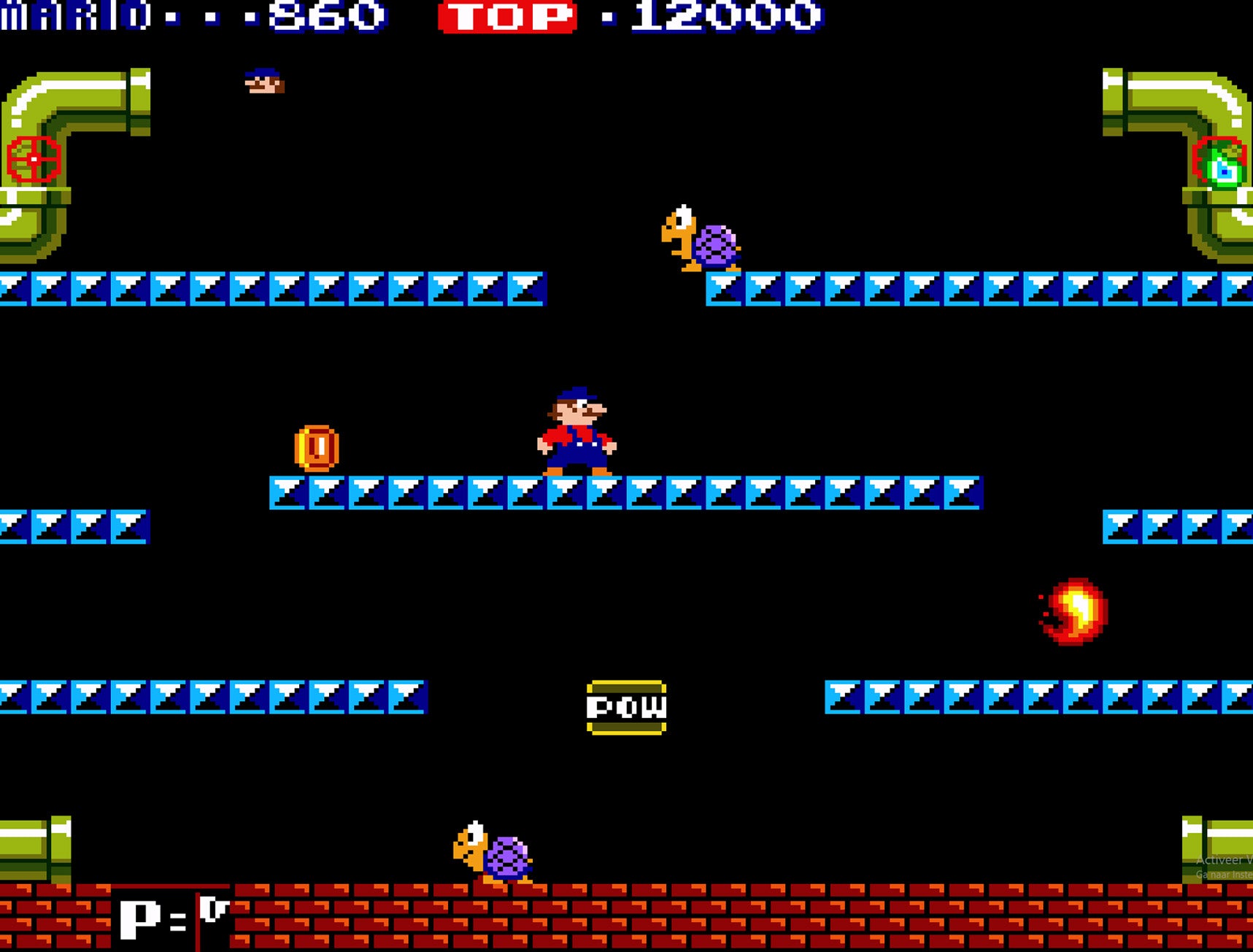
Legacy and Player Reception
Mario Bros may not have been as commercially successful as Donkey Kong, but it served as a critical stepping stone for Nintendo. It introduced gameplay mechanics, characters, and visual elements that became foundational to the Mario franchise.
Community Feedback:
- Players Appreciate: The cooperative gameplay, which made it a fun experience for friends and family to enjoy together.
- Critics Note: The repetitive nature of the gameplay was offset by its increasing difficulty and competitive multiplayer mode.
Sequels and Spin-Offs: Elements of Mario Bros would reappear in later games, such as the Battle Mode in Super Mario Bros. 3. The arcade classic also received numerous ports and re-releases on platforms like the NES, Game Boy Advance, and modern consoles.
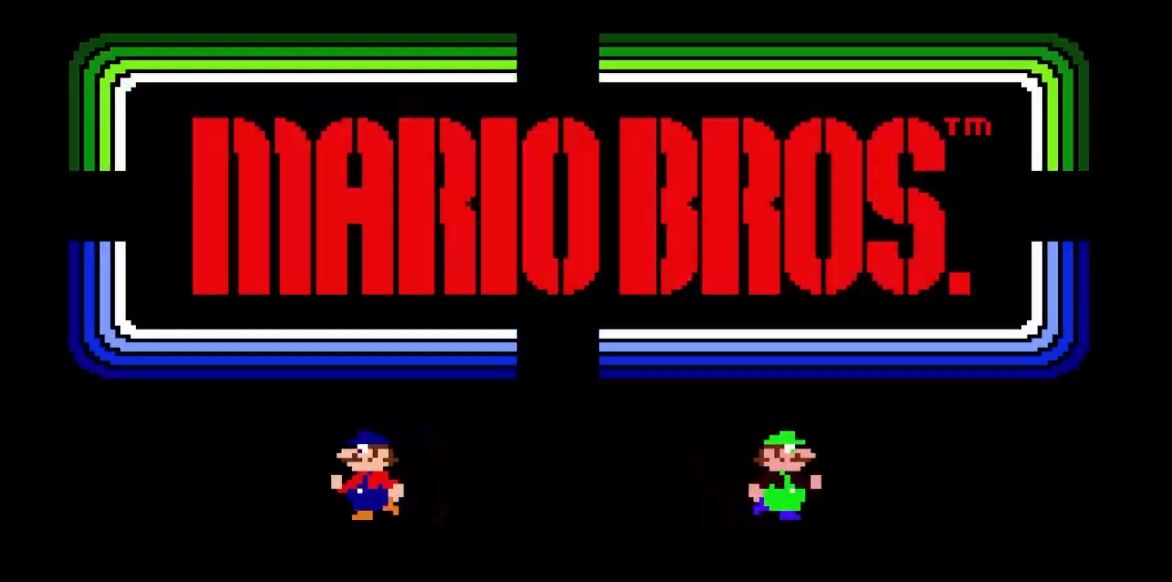
Dynamic Duo: Mario & Luigi
In the classic "Mario Bros." arcade game, Mario and Luigi take center stage as the iconic plumber duo.
Mario, dressed in red, embodies determination and heroism, always leading the adventure. Luigi, taller and clad in green, stands out with his higher jumps, offering a unique gameplay style.
Together, they navigate the underground world, using teamwork and strategy to defeat enemies and clear levels—a foundation for cooperative gameplay that keeps players coming back.
Conclusion
Mario Bros is a key chapter in the history of video games, introducing players to Mario and Luigi in their first cooperative adventure. Its unique mechanics, challenging gameplay, and multiplayer focus made it a standout in the arcade scene. While it paved the way for the revolutionary Super Mario Bros, it remains a beloved classic that’s worth revisiting for fans of retro gaming and Nintendo history.
Explore More
Love classic Nintendo arcade games? Check out our guides on Donkey Kong, Popeye, and Donkey Kong Jr. to dive deeper into Nintendo’s early arcade legacy.
Questions you might have:
Who created the "Mario Bros." arcade game?
The "Mario Bros." arcade game was created by Nintendo, with its design led by the legendary game designer Shigeru Miyamoto. Released in 1983, this game marked another milestone in Miyamoto's career and contributed significantly to the development of the Mario franchise.
When was the "Mario Bros." arcade game released?
The "Mario Bros." arcade game was released in 1983. It emerged during the golden era of arcade gaming, captivating players with its unique gameplay and introducing the world to the iconic plumber duo.
What are the gameplay mechanics of "Mario Bros."?
"Mario Bros." features cooperative gameplay where players control Mario and Luigi. The objective is to clear the screen of enemies by knocking them onto their backs and then kicking them away. The game is played on a two-screen setup, allowing characters to move from the top screen to the bottom.
What are the differences between Mario and Luigi's abilities in the game?
Mario and Luigi have distinct abilities in "Mario Bros." While Mario has slightly better control and acceleration, Luigi can jump higher. This dynamic adds an element of strategy as players can choose characters that suit their preferred playstyle.
Are there any hidden secrets or easter eggs in the game?
"Mario Bros." features several subtle secrets, including a hidden warp zone accessible by hitting the invisible blocks. Additionally, if players manage to complete all levels, they are rewarded with a special bonus phase, adding replay value and excitement.
Was "Mario Bros." the first appearance of Mario and Luigi?
No, "Mario Bros." was not the first appearance of the iconic characters. Mario had made his debut in the arcade classic "Donkey Kong," while Luigi was introduced as Mario's brother in "Mario Bros." The game further expanded their personalities and roles.
What inspired the design of the underground world in the game?
The design of the underground world in "Mario Bros." draws inspiration from real-life New York City's sewer system. The setting adds a unique twist to the game's environment, providing a memorable backdrop for the action.
How does the cooperative multiplayer mode work in "Mario Bros."?
The cooperative multiplayer mode in "Mario Bros." allows two players to team up and control Mario and Luigi simultaneously. Players work together to defeat enemies and clear levels, fostering teamwork and coordination.
What impact did "Mario Bros." have on the development of the Mario franchise?
"Mario Bros." served as a foundation for the Mario franchise's evolution. Its success inspired the creation of subsequent Mario titles, including the iconic "Super Mario" series. The game introduced cooperative gameplay and various gameplay mechanics that influenced the franchise's future direction.

